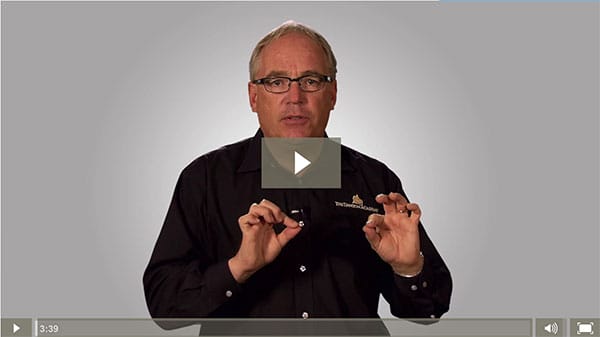
Dawson Quick Tip: How to Increase Case Acceptance with Photography
In this addition of increasing case acceptance, I want to talk about digital photography. You’ve been hearing me say this over and over if you’ve been listening to this section along the way: I don’t think there’s any way that we can completely convey to a patient what is going on in their mouth unless we have a crystal clear picture of what is happening.
Remember, as the leaders of the practice it is our responsibility to hold the standard high, and focus on optimal oral health. That’s health from a biological standpoint, making sure that each tooth is cleanable. That means having photographs where we can, with a crystal clear image, see what is in the tooth or on the tooth– so we can see the margins, we can see caries lines.
If we take a really good occlusal shot and we put it up on a nice big monitor, we can zoom right in and show each individual tooth and each individual restoration.
Doing the following can help them understand what is going on in their mouth:
- Showing a patient an area that is really, really good
- Maybe showing a patient an area that we’re concerned about
- Showing a patient something that we definitely have to deal with
If it’s not cleanable, then the patient is going to have disease. And that’s a concept that we have to help them understand.
Transcript Continued Below…
Similarly, crystal clear pictures retracted views so that we can show them the tissues. Sometimes their mouths are so bad that you might have to use another photograph to show what really good tissue looks like. But we want to show them pink tissues: stippled tissues, sharp papilla, no recession, the tissue is nice and tight around the teeth. And then maybe some line diagrams that show probing, so that they can understand that they can also have pocket levels and bones levels.
These are the things that we can utilize from photographs themselves.
The other thing that I think we underestimate is the use of photography when we start talking about occlusal disease.
- Showing patients wear
- Showing them where the tips of the canines are gone
- Showing them the islands of dentin on the centrals, where they’ve gone through the enamel and they’re now in the softer part of dentin
If were thinking about optimum oral health for our patients, we know that if you can see dentin, that patient lost a minimum of two millimeters of tooth structure, and now the wear is seven times faster. So we have to have a discussion with the patient about why that’s occurring. We have a very hard time making a patient understand and appreciate the level of the problem, unless you can show it to them.
We have used mirrors over the years, and sometimes they can see it a little bit. A photograph just can’t lie. They can see it in a crystal clear way.
This is what I would tell you to do if you’re not already doing it.
Spend some time with your team members. Develop that full series of photograph if you already haven’t done it. We take 21 pictures as part of The Dawson Academy protocol, and we use every one of those pictures both for diagnosis and for patient communication. I promise you that if you do that, this will lead to not only you doing better dentistry as you evaluate it, but a definite increase in the amount of dentistry that you’ll do. Good luck with that.









Leave a Reply
Want to join the discussion?Feel free to contribute!